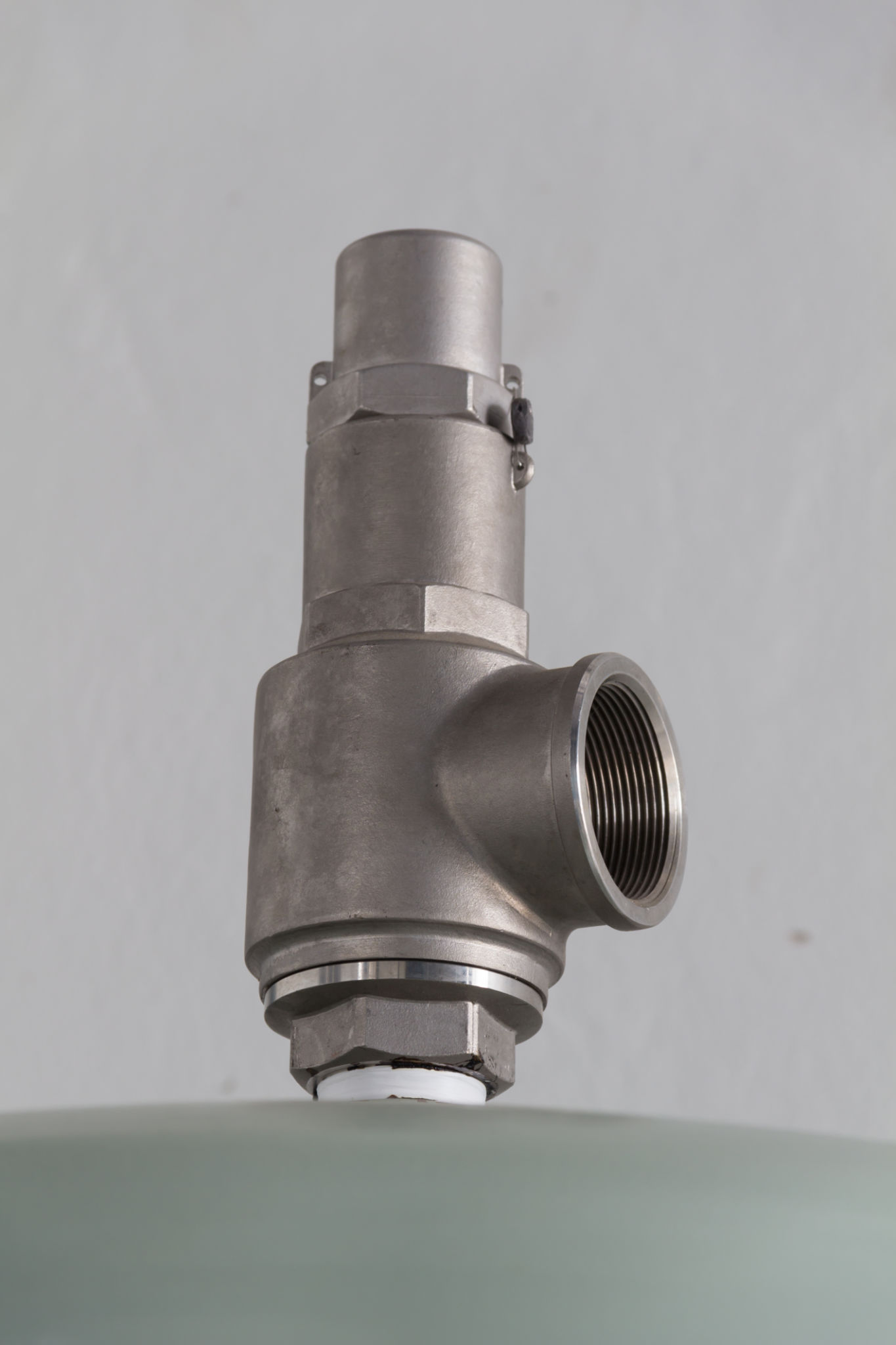5 DIY Maintenance Tips to Extend the Life of Your Hot Water System
Regular Inspection
One of the simplest ways to extend the life of your hot water system is through regular inspection. By checking your system regularly, you can identify potential issues before they become serious problems. Look for signs of rust, corrosion, or any unusual noises coming from the system. These could be indicators that parts of your system need attention.
Make it a habit to inspect your system every few months. This proactive approach can save you significant repair costs and help keep your hot water system running efficiently for years.

Flush the Tank
Over time, sediment can build up in your hot water tank, reducing efficiency and potentially causing damage. Flushing the tank is a straightforward DIY maintenance task that can help prevent this build-up. Ideally, you should flush your tank at least once a year.
To do this, turn off the power supply and the cold water valve. Attach a garden hose to the drain valve and direct the water to a suitable drainage area. Open the drain valve and allow the tank to empty completely. Once done, close the valve, remove the hose, and refill the tank with cold water.
Check the Pressure Relief Valve
The pressure relief valve is a critical safety feature of your hot water system. It is designed to release pressure if it gets too high. To check this valve, lift the lever slightly and let it snap back. You should hear a slight rush of water or see some water being discharged into the overflow pipe.
If there is no sound or discharge, the valve may need replacing. Regularly checking this component ensures that your hot water system operates safely and prevents potential hazards.

Insulate the Pipes
Insulating your hot water pipes is another effective way to extend the life of your system. Insulation helps maintain the temperature of the water as it travels from the tank to your taps, reducing the workload on your system. This can lead to energy savings and prolongs the lifespan of your hot water heater.
You can purchase pipe insulation from most hardware stores. Simply cut it to size and wrap it around the pipes. This simple step can make a noticeable difference in both performance and efficiency.
Monitor Temperature Settings
Keeping an eye on your hot water system's temperature settings is crucial for both safety and efficiency. The recommended setting is typically around 120 degrees Fahrenheit (49 degrees Celsius). Higher temperatures increase energy consumption and can also lead to scalding risks.
Adjusting the thermostat to this optimal level not only ensures safety but also reduces wear and tear on your system. Regularly checking and maintaining this setting can extend your system's operational life significantly.

Conclusion
By incorporating these DIY maintenance tips into your routine, you can significantly extend the life of your hot water system. Regular inspections, flushing the tank, checking the pressure relief valve, insulating pipes, and monitoring temperature settings are all simple yet effective strategies.
Not only will these practices help you avoid costly repairs and replacements, but they will also ensure that your hot water system operates efficiently and safely for years to come.
